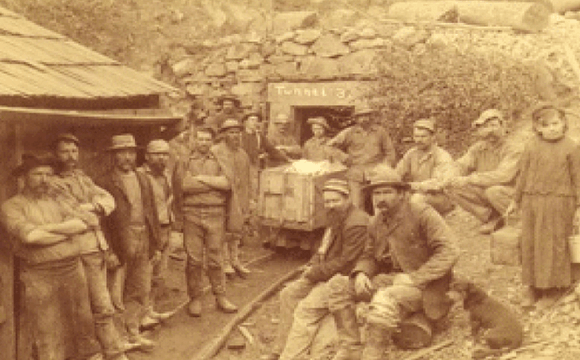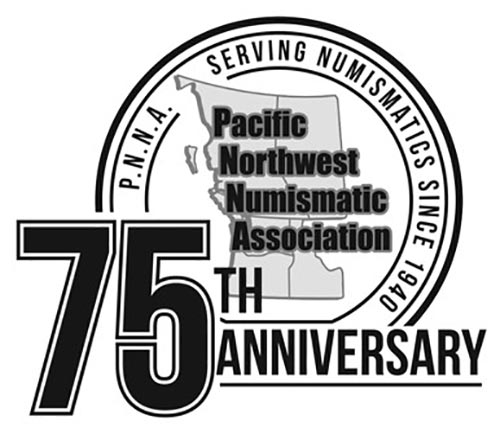
It’s the late 1840s in central California. No way to describe this time and place in history other than the Wild West. The Gold Rush is in full swing. American settlers are fighting to establish a toehold in the rugged terrain. Many hoped to find a fortune in gold. And a few did, in the Keystone Mine, one of the most prosperous gold mines in U.S. history.
East of the San Francisco Bay Area, a prominent settler, José María Amador, decided to settle on a creek he’d been mining. A city and county would later bear his name. Gold was quickly discovered along the creek banks, and Little Amador Mine was soon established in what would become Amador City. Soon after, the Keystone Mine was established nearby.
Four ministers settled in the area that is now known as Amador County. Legend has it that after a long day of excruciatingly physical labor hunting for gold, the ministers would go home and preach to the locals. It’s said that their lust for gold was only trumped by their love for the lord. One of the ministers, known in the record books only as Davidson, was the first to find quartz gold in a gully now known as Minister Gulch. Gold miners quickly flooded the region, hoping to strike it rich. This was smack dab in the heart of what would later be called the California Mother Lode.
The California Mother Lode is a huge gold vein in California’s Sierra Nevadas. One to four miles wide, the region stretches approximately 120 miles north to south. The California Mother Lode started in Georgetown, California, and headed south to Mormon Bar, California. The vein was one of the most prosperous gold-producing regions in U.S. history.
The Keystone Mine is actually the product of several mines consolidating. A man named Samuel Hill became the main investor in the mine working Minister Gulch. He named it Spring Hill mine. After several failed attempts, the mine finally became productive, yielding nearly 75 ounces of gold a week. This allowed the miners to prosper.
Unfortunately, this prosperity was short-lived. The mine was plagued with debt after bad investments. Granite State and Walnut Hill mines, which had already been consolidated with Keystone Mine, were further consolidated with the Spring Hill Mine. The new mega-mine kept the name Keystone. The Keystone Mine slowly but surely began producing gold at such a steady rate that it not only got its owners out of debt, but also became one of the most lucrative mines in the region. The mine earned its owners a fortune. In 1876, the Annual Mining Review wrote about the mine: “The Keystone, at Amador City, is unquestionably the leading mine of the country, and ranks among the first in the state. It has maintained its reputation throughout the years.”
Throughout the years, the mine has switched hands countless time. There were robberies and schemes by owners to reclaim the mine after they had sold their interest. The mine continued to produce gold ore until the beginning of World War II. In 1952, there was a short-lived revival, but since then, the Keystone Mine has remained untouched.
Liberty Coin & Currency specializes in rare coins and currency. We are a family-owned business located in Portland and Vancouver. We also buy gold, silver, diamonds, and jewelry. Visit us first for a free evaluation.
Do you like this post? Share it, +1 it on Google Plus, or like it on Facebook.








